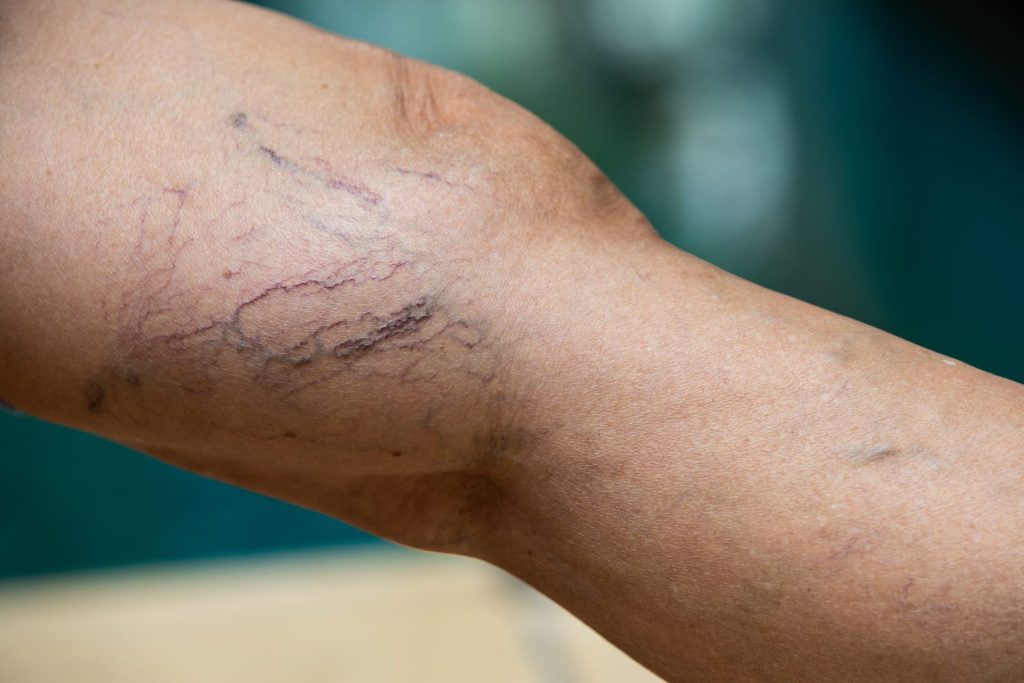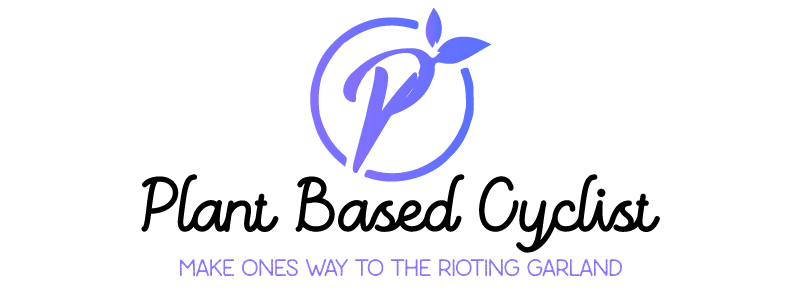Revolutionary Varicose Vein Treatments – What is New?
In recent years, revolutionary advancements in the treatment of varicose veins have transformed the options available to patients seeking relief from this common vascular condition. Varicose veins, characterized by enlarged and twisted veins often appearing on the legs and feet, affect millions worldwide. Beyond their cosmetic impact, these veins can cause discomfort, pain, and even more serious health issues if left untreated. Traditional treatments like vein stripping and sclerotherapy have been effective but invasive, prompting the development of newer, less invasive techniques that promise quicker recovery times and improved outcomes. One of the most notable innovations is endovenous laser treatment EVLT. This minimally invasive procedure involves the use of laser energy to heat and collapse the affected vein. A thin laser fiber is inserted into the vein through a tiny incision, guided by ultrasound imaging. Once positioned correctly, the laser is activated, causing the vein to close off. Over time, the body absorbs the collapsed vein, redirecting blood flow to healthier veins nearby.

EVLT boasts high success rates, minimal discomfort, and can often be performed on an outpatient basis, allowing patients to resume normal activities shortly after treatment. Another cutting-edge option is radiofrequency ablation RFA. Similar to EVLT, RFA utilizes thermal energy to seal off varicose veins. Instead of laser energy, RFA employs radiofrequency waves to generate heat, which heats and collapses the vein walls. This procedure is also performed under ultrasound guidance, ensuring precise placement of the radiofrequency catheter. Like EVLT, RFA is minimally invasive and typically results in less pain and bruising compared to traditional surgeries. For patients with smaller varicose veins or spider veins, sclerotherapy remains a popular and effective treatment. This technique involves injecting a solution directly into the vein, causing it to collapse and eventually fade from view. Advances in sclerotherapy include the use of foam sclerosants, which are more effective for larger veins and can be monitored more easily using ultrasound. Foam sclerotherapy has become a preferred method for treating varicose veins that are not suitable for laser or radiofrequency treatments.
Beyond these procedural innovations, improvements in diagnostic technologies have enhanced treatment outcomes. Duplex ultrasound, for instance, allows for more accurate mapping of the venous system, aiding physicians in pinpointing the exact location and severity of varicose veins. This information is crucial for determining the most appropriate treatment approach, whether it is laser therapy, radiofrequency ablation, or sclerotherapy. Additionally, VASC san antonio lifestyle modifications and preventive measures play a crucial role in managing varicose veins. Regular exercise, maintaining a healthy weight, elevating the legs when resting, and wearing compression stockings can help improve circulation and alleviate symptoms. These strategies are often recommended in conjunction with medical treatments to enhance overall effectiveness and reduce the likelihood of vein recurrence. Looking ahead, research continues to explore novel treatments for varicose veins. Emerging technologies such as non-thermal ablation techniques and adhesive agents show promise in further reducing treatment times and enhancing patient comfort. Furthermore, advancements in understanding the underlying causes of varicose veins, including genetic predispositions and lifestyle factors, may lead to more personalized and effective treatment strategies in the future.
